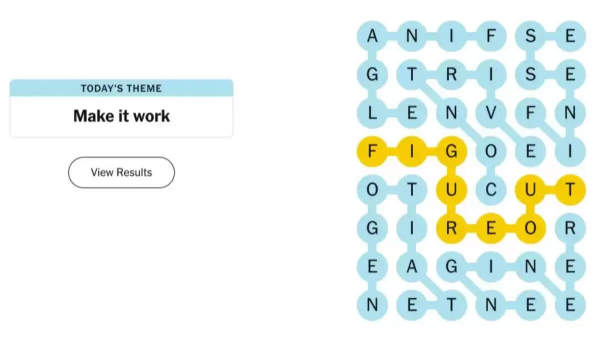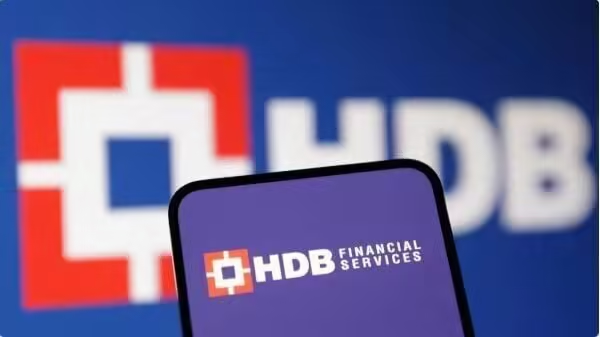 Introduction to NYT Strands
Introduction to NYT Strands
On June 17, 2025, the New York Times introduced its latest puzzle game, NYT Strands. This engaging daily puzzle invites players to uncover a variety of words based on a specific theme, including a unique Spangram that spans two sides of the grid.
A Brief History of NYT Puzzles
The New York Times first launched its crossword puzzle on February 15, 1942, in the Sunday Magazine, created by Charles Erlenkotter and edited by Margaret Farrar. This marked the newspaper as the pioneer in introducing crossword puzzles. Over the years, the NYT has expanded its offerings with games like the Mini Crossword in 2014, followed by Spelling Bee, Letter Boxed, and Tiles. The immensely popular Wordle was released in 2022, followed by Connections and now Strands.
Today's Puzzle Theme
The theme for today's Strands is 'Make it work'.
Hints for Today's Strands
SPOILER ALERT: Below are hints and answers for today's NYT Strands puzzle. These hints may give away parts of the solution, so proceed with caution.
Spangram Hint: To solve, understand, or make sense of something.
Hint #1: To navigate a challenging situation with finesse.
Hint #2: To create or devise something with careful planning.
Answers for June 17, 2025
- FINESSE
- ENGINEER
- FINAGLE
- CONTRIVE
- NEGOTIATE
Today's Spangram
The Spangram for today's puzzle is 'FigureOut'.
How to Play NYT Strands
Strands combines elements from Connections, Spelling Bee, and traditional crossword puzzles. Players receive 48 letters arranged on a 6 x 8-inch board along with a daily theme. The objective is to solve the Spangram and identify all the theme-related words.
Players can connect letters on the grid to form words using a mouse or touch screen, dragging to connect letters in any direction.
Identifying the central theme word or Spangram is essential for grasping the overall theme of the Strands puzzle.
Tips for Solving the Puzzle
Uncover the theme words: Fill the grid with the theme answers, which will be marked in blue when found.
Discover the Spangram: Look for the Spangram that connects two opposite sides of the board, summarizing the theme and possibly consisting of two words, highlighted in yellow once identified.
Get hints: Use off-topic words as clues. For every three non-theme words revealed, letters will be highlighted to assist in finding a themed word without directly revealing it.









